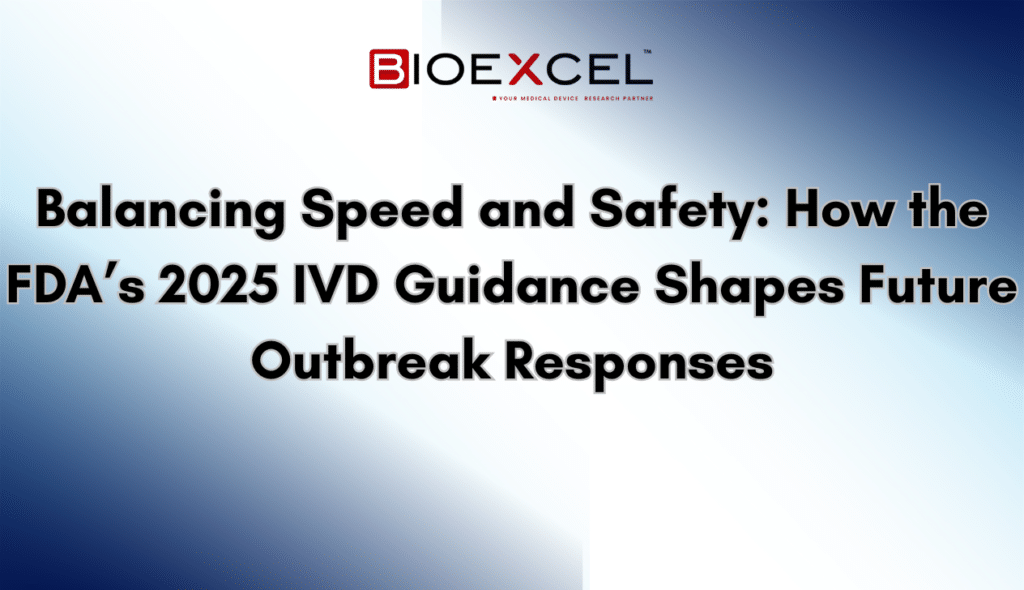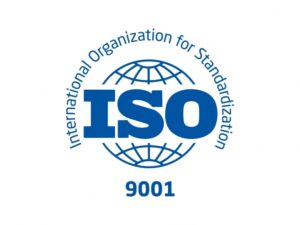Introduction: Why Orthopedic Implants Need PMCF
Particularly for high-risk products like orthopedic implants, regulatory authorities all around are tightening post-market surveillance (PMS) criteria. Manufacturers under EU MDR (2017/745) and ISO 14155:2020 have to carry Post-Market Clinical Follow-Up (PMCF) to guarantee long-term safety, effectiveness, and performance.
But why for orthopedic implants is PMCF non-negotiable? And how can manufacturers meet effectively without needless expenses? Let’s break it down.
Why is PMCF required, and what is it?
Designed to compile actual clinical data on the performance of a product following market approval, Post-Market Clinical Follow-Up (PMCF) is a continuous process.
PMCF Regulatory Requirements:
- EU MDR (Articles 83 & 86): Needs PMCF for most Class IIb & III implants.
- ISO 14155:2020: Aligns PMCF needs with clinical investigation guidelines.
- FDA & CDSCO: Real-world data is becoming more and more vital even if not always required.
⏺ Key Learnable: Manufacturers have to include PMCF in their regulatory plan; it is not optional for high-risk implants now.
Should you miss PMCF?

Ignoring PMCF can have major business and legal effects:
1. Loss of CE Certification: Currently rejecting Clinical Evaluation Reports (CER) lacking PMCF data are Notified Bodies.
2. Market Withdrawals: Orthopaedic implants lack of post-market data come under more examination.
Legal and financial risks abound; lack of long-term safety data might lead to lawsuits and problems with patient safety.
⏺Real Case: Not providing PMCF data on long-term wear and tear, a well-known orthopaedic company lost CE approval for a knee implant. Millions of losses followed from the device’s market pull-off.
PMCF guarantees that your implant stays on the market while lowering regulatory risk.
Included in a strong PMCF plan are what?
A good PMCF plan should consist of:
- Data-Driven: Comprising clinical registries, observational research, or real-world data (RWD).
- Risk-Based: More comprehensive data collecting is required of higher-risk implants.
- Proactive: Planned clinical follow-ups are absolutely vital, not only for addressing reactive complaints.
| PMCF Component | Details |
| Surveys & Questionnaires | Collects patient-reported outcomes on implant performance. |
| Registry Data | Uses national or international orthopedic implant registries for safety trends. |
| Retrospective Studies | Analyzes existing clinical data on device longevity. |
| Prospective Observational Studies | Gather real-time patient data on implant effectiveness. |
| Post-Market Adverse Event Reporting | Tracks unexpected complications and implant failures. |
Features of a PMCF Plan (per EU MDR & ISO 14155:2020)
The correct balance of active and passive data collecting guarantees regulatory compliance and helps to reduce expenses. thereby lowering regulatory hazards.
Bioexcel Improves PMCF Compliance
At Bioexcel, we offer a methodical PMCF solution guaranteed to ensure your orthopaedic implants satisfy EU MDR, FDA & CDSCO compliance free from needless financial load.
Designed specifically for Class IIb and III orthopaedic implants, the Regulatory-Compliant PMCF Plan
1. Real-world data collecting and analysis based on clinical surveys, observational studies, and registries
2. Ensuring a seamless Notified Body evaluation by means of an integration with a Clinical Evaluation Report (CER).
3. Minimising post-market risks by means of adverse event monitoring and risk assessment
⏺As a result, PMCF is no longer just a formality; it’s an important part of the regulatory lifecycle of your orthopedic device. Does PMCF planning call for professional advice? Get in touch with Bioexcel now!
#PMCF #OrthopedicImplants #EUMDR #PostMarketSurveillance #MedicalDevices #ClinicalData #Bioexcel #RegulatoryCompliance #Risks.












